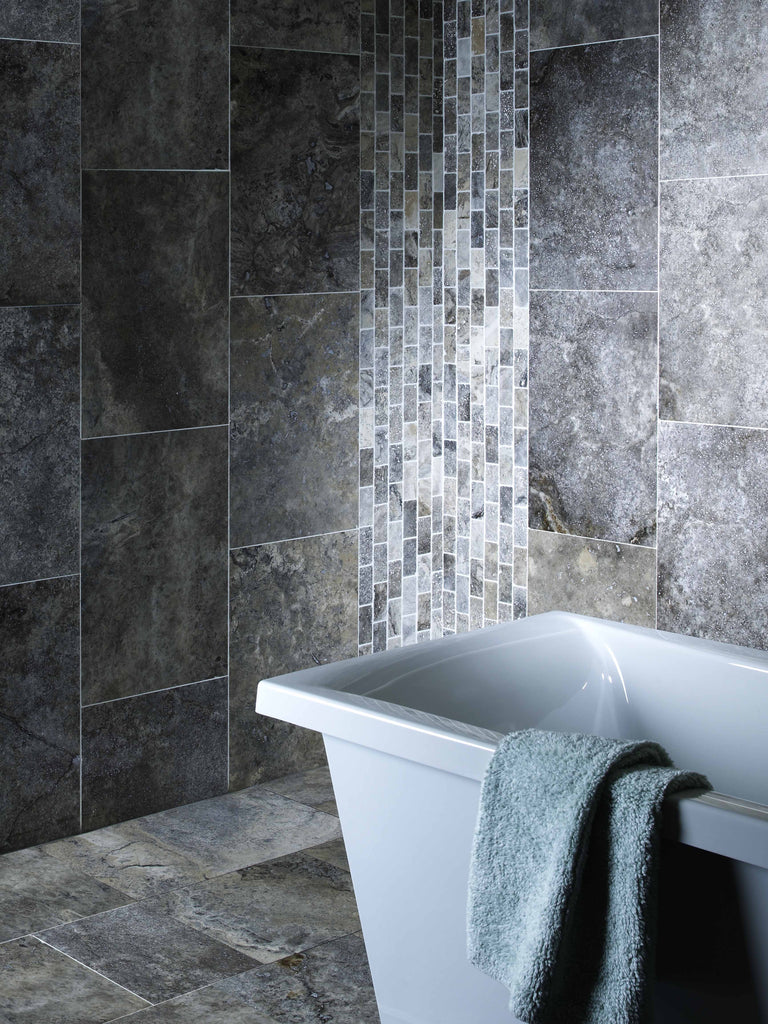
Porcelain vs. Ceramic Tiles: Understanding the Differences and Making the Right Choice

When it comes to choosing the perfect tiles for your home or any other space, the decision often boils down to porcelain or ceramic. Both porcelain and ceramic tiles offer a wide range of designs, styles, and colors, making them popular choices for flooring, walls, and other applications. However, understanding the differences between these two materials is crucial in order to make an informed decision. In this blog post, we will explore the characteristics, benefits, and drawbacks of porcelain and ceramic tiles, helping you determine which option suits your needs best.
-
Composition and Manufacturing: Porcelain tiles are made of refined clay and other natural materials that are fired at extremely high temperatures, resulting in a dense and durable product. The manufacturing process involves pressing the materials under high pressure, which contributes to the tile's strength and low porosity. On the other hand, ceramic tiles are made of clay mixed with various additives and then fired at lower temperatures. This process gives ceramic tiles a slightly porous structure and makes them less dense compared to porcelain.
-
Durability and Strength: One of the key advantages of porcelain tiles is their exceptional durability and strength. The high firing temperatures and dense composition make porcelain highly resistant to scratches, stains, and moisture. It is an ideal choice for high-traffic areas, such as hallways, kitchens, and bathrooms, where durability is paramount. Ceramic tiles, while still durable, are not as strong as porcelain. They are more prone to chipping and cracking under heavy impact or stress.
-
Water Absorption and Suitability: Porcelain tiles have a significantly lower water absorption rate than ceramic tiles. Porcelain typically has a water absorption rate of 0.5% or less, classifying it as impervious to water. This characteristic makes porcelain tiles suitable for both indoor and outdoor applications, including bathrooms, kitchens, and even freezing temperatures. Ceramic tiles, with their slightly higher water absorption rate, are better suited for indoor use and areas that are not exposed to excessive moisture.
-
Appearance and Design Options: Both porcelain and ceramic tiles offer a wide range of design options to suit various aesthetic preferences. Porcelain tiles often mimic the appearance of natural stones, such as marble or granite, with high-definition printing technology. They are available in various sizes, textures, and finishes. Ceramic tiles come in numerous colors, patterns, and styles, including glazed and unglazed options. While both options provide versatility in design, porcelain tiles tend to have a more refined and sophisticated look.
-
Maintenance and Longevity: Porcelain tiles are relatively low-maintenance and easy to clean. Their low porosity prevents the absorption of dirt and stains, making them resistant to discoloration. Regular sweeping and occasional mopping are usually sufficient for keeping porcelain tiles in excellent condition. Ceramic tiles require similar maintenance, but their slightly higher porosity may make them more susceptible to staining and wear over time.
Conclusion: Choosing between porcelain and ceramic tiles ultimately depends on your specific needs, budget, and the intended use of the tiles. Porcelain tiles excel in durability, water resistance, and strength, making them suitable for high-traffic areas and outdoor applications. On the other hand, ceramic tiles offer a wide array of design options and are more cost-effective. By considering the characteristics and advantages of each tile type, you can make an informed decision that perfectly aligns with your style and practical requirements.


